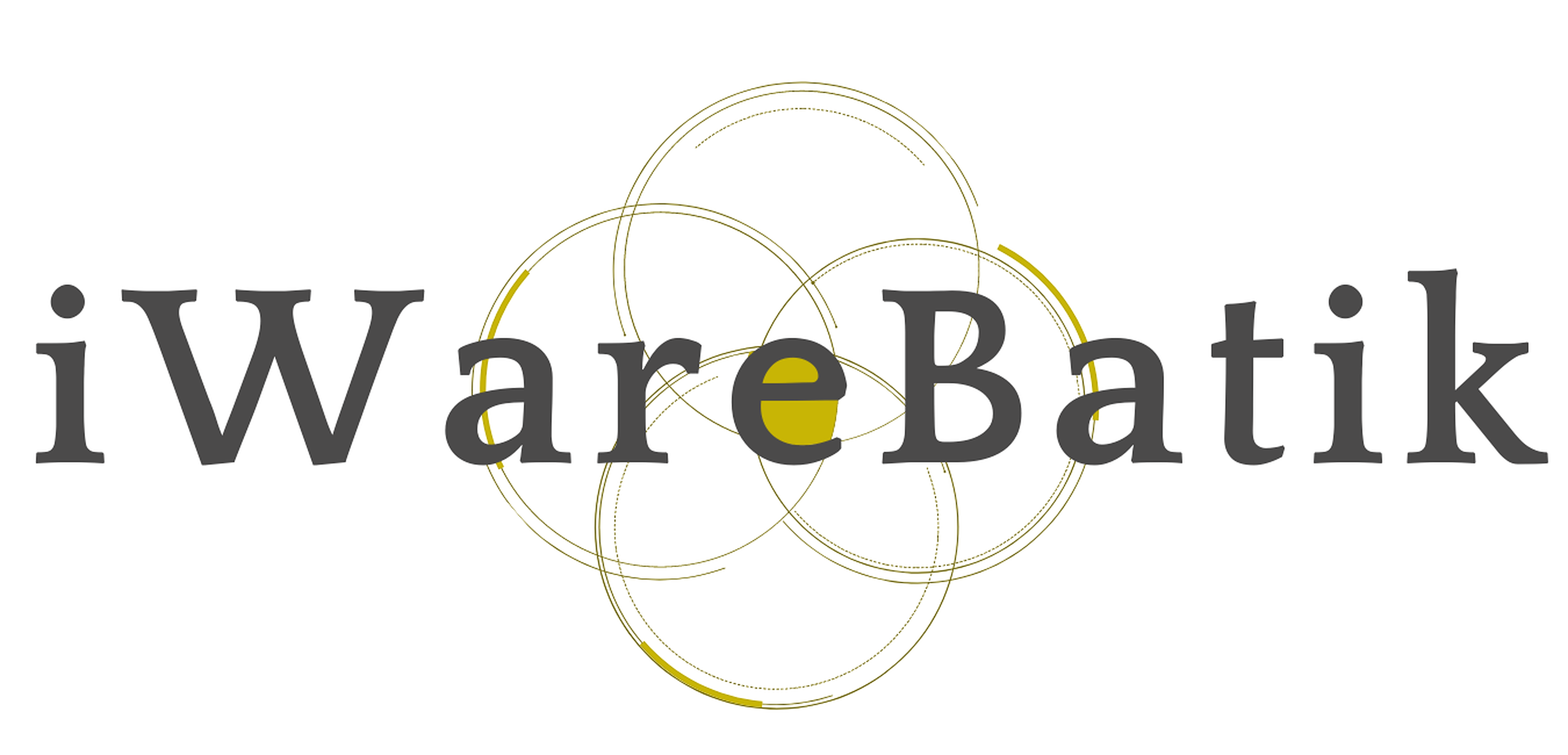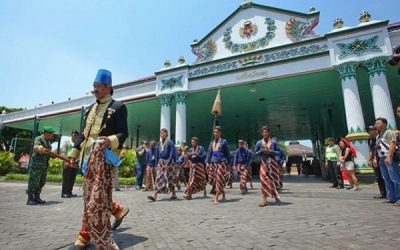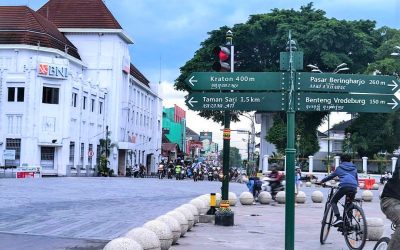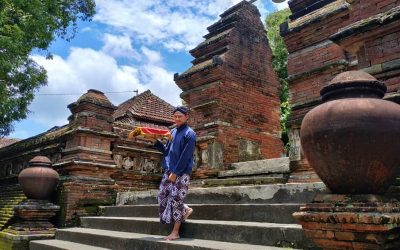Home / Batik Regions – Western Indonesia – Java Island – Yogyakarta / Prambanan Temple UNESCO World Heritage Site
Cultural Destination
Embrace the spirit of the place!
Prambanan Temple UNESCO World Heritage Site
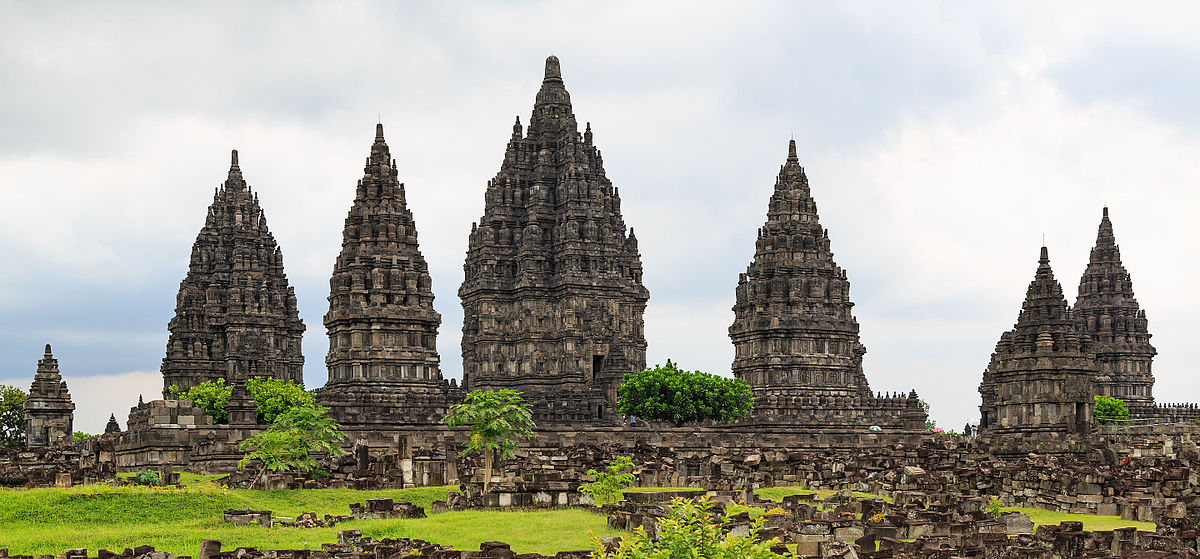
Prambanan Temple Compounds (photo: Uwe Aranas, Wikipedia)
The Prambanan Temple UNESCO World Heritage Site
It is one of the most important Hindu complex of temples built in 850 AD. It is UNESCO World Heritage site inscribed in 1991. Beside hundreds of shrines within the complex, the three biggest temples are dedicated to Shiva, Vishnu and Brahma. Since the landscape created from this temple is magnificent, enjoying the sunrise here is something unique people cannot miss.
Tourist Attractions in Yogyakarta
Yogyakarta Royal Palace
The Sultan’s Palace which lies in the middle of Yogyakarta city. Here people can
Yogyakarta City of Culture
This city represents the most magnificent cultural spot of Java. Settled in 1755, Yogyakarta is
Imogiri Royal Cemetery
You may think that cemeteries are not the perfect spot to visit if you are on vacation?
Yogya
Batik Motifs
Parang Rusak
Another meaning behind this motif is an unconquerable spirit, symbolized by
Wirasat
Wirasat or divine inspiration is a gift from God. This inspiration is symbolized by
Kawung
The Kawung motif was created by Sultan Agung Hanyokrokusumo (1593 – 1645) as a symbolic gift for
Discover
Indonesian
Batik
Motifs
Awan Berarak
Awan Berarak is a combination of Dayak motifs and Malay patterns. The word ‘Awan Berarak’ means the
Keluak Daun Pakis
The word “Keluak” is a Minang language which means twisted or tangled. The Motif of
Bekantan Pakis
This motif represents Pakis Haji (Polystichum setiferum), an endemic plant in
Gonggong Siput
Gonggong (Strombus Turturella) is one type of sea snail found around
Tengkawang Ampiek
With its many advantages, the Dayaks use this leaf in ritual ceremonies. This plant is a symbol of
Sandeq
Sandeq Boat is a symbol of the maritime importance of the West Sulawesi region. The greatness of
Salakanagara
Salakanagara batik motif illustrates the first kingdom in the Betawi land
Singayaksa
The Singayaksa motif comes from the name of a place where Sultan Hasanuddin used to
Tenun Bima
The motifs are adopted from Bima woven textile. This pattern has received a great
Kain Cual
Cual textile tradition has existed since the 17th century. The word “Cual” refers to
Tikar Natuna
The Tikar Natuna motif is adapted from the traditional making of pandanus mats in
Raja Ampat
Raja Ampat motif represents the marine life at Raja Ampat archipelago in
Taiganja
Taiganja is a precious gold pendant that shows the social status of the Kaili family. It is
Buketan Bali
The Balinese bouquet (Buketan Bali) is a floral arrangement and the name is
Angsa Duo
According to legend, the Angso duo batik motif is a pair of swans that are believed to have led Princess
Tanah Liek
The word “Tanah Liek” refers to clay in Minang language. It is also known as
Durian Pecah
Broken Durian motifs depict the foundation of faith. The second half signifies the mastery of
Pati-Pati Pinehiku
It symbolizes the hierarchy in society and the social status of the Mekongga
Gentala Arasy
Built as high as 80 meters, the tower also highlights the historical side of
Enggang Dayak
Local people beliefs that hornbills are an incarnation of the Commander of the Birds. It has supernatural
Paqbarre Allo
The word “Barre” means round and “Allo” means the sunlight. This motif is interpreted as
Teguh Bersatu
This batik motif shows the strength of the people of Kupang. It also represents a sense of
Besurek Rembulan
This batik illustrates praise for God who created the wonderful universe
Sekar Jati
Sekar means flower and Jati refers to teak trees that symbolizes a strong mental character that
Kasih Tak Sampai
‘Kasih Tak Sampai’ is an idiom in the Indonesian language which refers to
Jumputan Bintang
The word Jumputan means the tie-dye technique, while the word “Bintang” refers to
Tongkonan
Toraja’s traditional house is called Tongkonan. Tongkonan is a place for
Gorga Simeol-Meol
The Gorga Simeol-meol is a pattern of plant tendrils. it is regarded as a symbol of longevity and
Mahkota Siger
Siger is the crown of a noblewoman in ancient time. It is a symbol of femininity, strength, and
Manguni Minahasa
Manguni is identified as the symbol of the Minahasa people. Manguni is known as a
Gurdo Solo
Gurdo or garuda bird is the mount of the Indian god Vishnu. As the Sun Bird,
Ikan tambal
The word “Ikan” refers to fish. The philosophical meaning of Ikan Tambal means is
Srimanganti
The name of the Srimanganti motif is derived from Palace’s hallway that connects to
Parang Rusak
Another meaning behind this motif is an unconquerable spirit, symbolized by
Gajah Way Kambas
The motif illustrates the Lampung’s natural reserve, the Way Kambas. it also symbolizes
Tangerang Herang
Tangerang Herang motif is a symbol of Tangerang city. The Tangerang Herang batik motif consists of
Kerawang Tegak Aceh
The Vertical Upright (Kerawang Tegak) Motif symbolizes a person who has a strong
Kaharingan
The Kaharingan or ‘tree of life’ based on the Dayak tribes’ belief system. This tree symbolizes
Burung Bidadari
Bidadari birds are endemic birds in Halmahera. This motif represents an
Kaganga Tanah Rejang
If Batik Besurek combines Arabic calligraphy motifs, then the Kaganga batik takes
Bomba Mawar
This motif means sacred love for family, kingdom, and God; It also illustrates
Kuda Kupang
Horses symbolize wealth. It contains noble values of virtuous characters that bring
Leuit Sijimat
This motif reflects the daily activities of the Baduy tribe in Banten. The main ornaments of batik motif consist of:
Gumin Tambun
Based on Hindu mythology, this motif symbolizes lucks, abundant wealth, and
Biji Kopi
The coffee seeds motif illustrates the pride of local coffee specialities in
Merak Ngeram
The hatching peacock motif has a very deep meaning which refers to the sacrifice and
Pala Salawaku
This motif illustrates the unique weapons of the Maluku region, namely
Rumah Mamuju
the Batik motif illustrates the house of Mamuju King with the stairs, located on the left of the wooden stage house
Gigi Haruan Lidi
The Gigi Haruan Lidi motif is taken from the name of the cork fish and is a symbol of
Rangkiang
The word “Rangkiang” refers to the rice granary in the Minangkabau language. It symbolizes
Prada Papua
The word “Prada” in the Javanese-Indonesian dialect means a batik textile that
Gonggong Beruntun
This motif illustrates that a person should maintain a positive attitude and
Sido Mulyo
Sidomulyo is one of the classical motifs, which is specifically used for the bride’s costume in
Ukir Sentani
The Ukir motif is a batik motif that is inspired by various traditional Sentani wood carvings
Daun Simpor
This motif is inspired by the Simpor plant (Dillenia Suffruticosa) which is a typical
Besurek Rafflesia
The term “Basurek” refers to a textile that contains letters or inscriptions
Pattimura
Pattimura is the name of an Indonesian hero who fought against colonialism in
Gamolan
This motif illustrates Gamolan, a bamboo musical instrument of Lampung that is
Lontara
The Lontara script itself is a typical ancient script of Bugis and Makassar communities. History records that
Cengkeh
The clove flower motif is the main commodity of the Tolitoli Regency. This motif represents
Kawung
The Kawung motif was created by Sultan Agung Hanyokrokusumo (1593 – 1645) as a symbolic gift for
Wirasat
Wirasat or divine inspiration is a gift from God. This inspiration is symbolized by
Sekomandi
Its philosophical meaning is the eternal union which refers to a saying “until death do us part”
Tabir Tanjung
Tanjung flower is a type of Cherry tree flower, which is commonly found in
Dayak Kamang
Kamang motif is generally found in the Dayak tribe shield because it is believed to
Tampuk Manggis Sasirangan
The motif illustrates the philosophy of the mangosteen fruit, which is
Bintik Tujuh
The Bintik Tujuh (Seven Dots) motif has 7 white spots and green color gradation as
Jupri Kembang Teh
Kembang Teh illustrates the tendrils of tea plants that grow in the highlands of
Dayak Taghol
Dayak Taghol has a distinctive style of four curved lines and small dots. This motif represents
Parang Seling
Parang Seling or “alternating daggers” is a royal batik motif. It is a feminine variant of
Sero Tangga
The Sero Tangga illustrates an endearing feeling and sacrifices of a person to fulfil
Daun Lada Hitam
The black pepper motif represents the main commodity of Bangka Belitung
